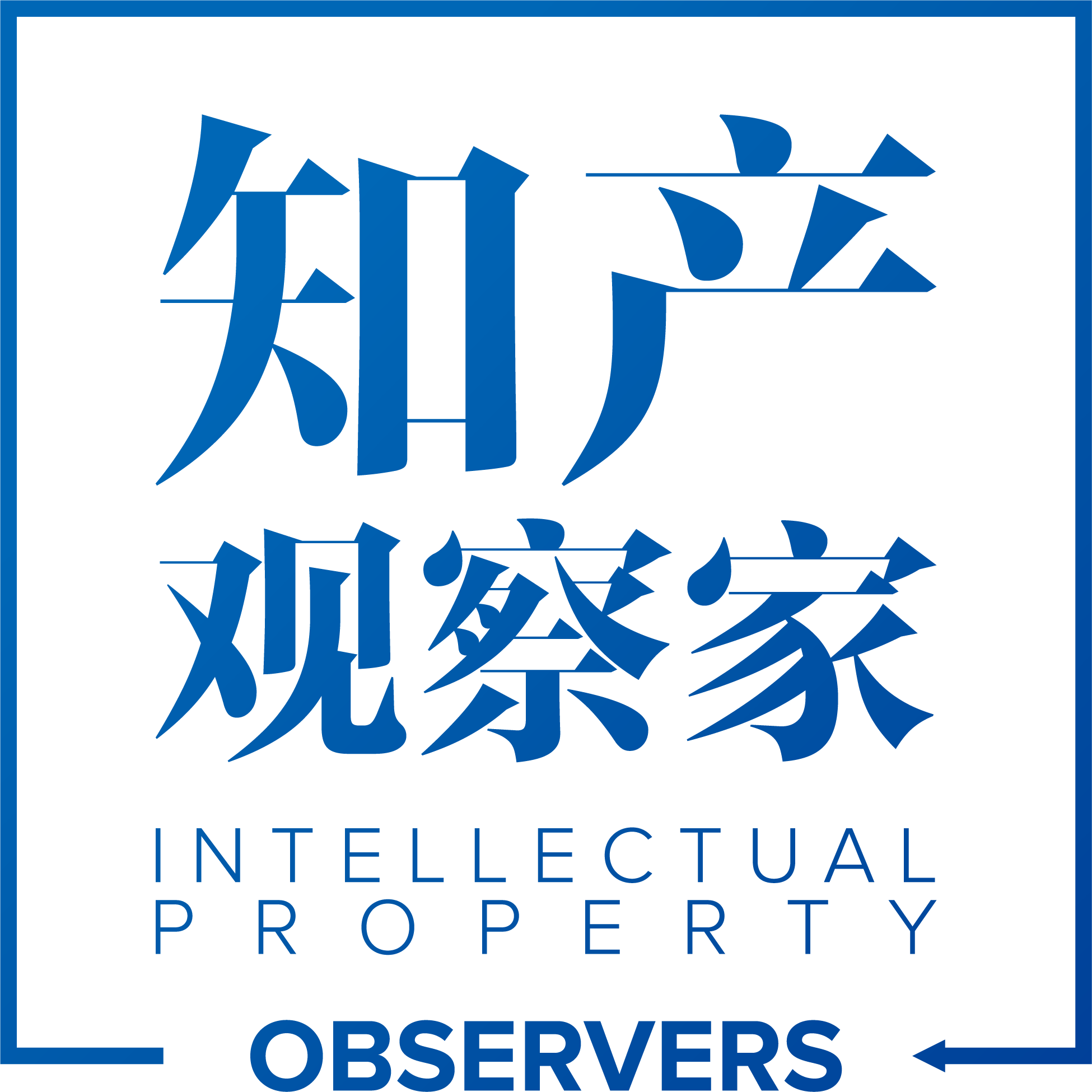China's innovation drive in 'post-Shanzhai' era
2011/03/17
SHENZHEN, Guangdong - The "Shanzhai" industry, which churns out electronic goods that imitate well-known brands, is declining even in its hotbed and birthplace in south China's Shenzhen City.
Signs that say "Shop to Let" adorned many electronic stores along Shenzhen's Huaqiangbei Road. About one-third of Huaqiangbei's estimated 3,000 sellers of "Shanzhai" cell phones have left the business, said Tang Ruijin, the secretary general of Shenzhen Mobile Communication Association.
The price cut of branded cell phones and the public's growing intellectual property protection (IPR) awareness contributed to the decline of "Shanzhai." But the heaviest blow came from China's determination to enhance IPR protection and develop indigenous innovation, Tang said.
Sociologist Ai Jun noted that the "Shanzhai" phenomenon is a period that China and other developing countries must go through in fostering their companies' innovative capacities. "It is a natural process to first imitate and then innovate."
Not all "Shanzhai" companies are doomed. Some with potential innovation capacities will develop their own brands and technologies and become real innovative companies, Tang said.
From following to innovating
The development of BYD, a leading Chinese battery and electric carmaker, reflects the shift from a Shanzhai plant to a world-class innovative company.
Wang Chuanfu quit his job as an engineer for General Research Institute for Nonferrous Metals in 1995 and started BYD, or Bring You Dollar, with money borrowed from relatives. He and about 20 employees built their own equipment and produced nickel-cadmium batteries that were 40 percent cheaper than similar Japanese brand batteries.
BYD, which now stands for Build Your Dream, is among China's most innovative companies. It has an R&D team of more than 10,000 people and is the only company in the world to have commercialized Fe battery.
According to Forbes' list released on March 10, Wang Chuanfu is among the world's 500 richest people, with total assets of $2.7 billion.
"BYD envisions to change China's transportation system with electric cars and buses driven by inexpensive and environment-friendly Fe batteries," said Yi Zemin, a BYD spokesman, as he shows a city model to visitors.
"At first we had to follow the world's leading innovators. Now we are the innovators," Yi said of BYD's way towards innovation, a common strategy among Chinese high-tech companies.
Innovation from science
Wang Jian, the president of BGI, a bio-tech company, takes pride in his company's innovative power. "We are revolutionaries, not followers."
Now, BGI offers gene testing for the prevention and treatment of some cancers and other diseases. It is only one of the many applications for BGI researches. "In time, we can prevent most congenital diseases, improve grain production and even improve life," Wang said.
BGI is different from other companies because it focuses on scientific research. Every breakthrough in scientific research is an original innovation, he added.
Scientific research is the origin of all technological advancements, said Ma Dalong, the head of Peking University's Center for Human Disease Genomics and a member of the Chinese People's Political Consultative Conference (CPPCC).
China needs to foster a culture where scientists are more respected and better rewarded. Also, the educational system needs to be reformed. "Colleges must focus more on science, instead of applied technologies. We have enough technicians, we need more scientists," Ma said.
China's 12th five-year plan, which is set for approval by the National People's Congress, pledged to drive the economy with scientific and technological innovation.
The draft plan included some indicators of innovation capacity in China's key targets for the next five years. This would include 2.2 percent of GDP, which will be spent on research and development, as the country records 3.3 patents for every 10,000 people.
In order to sustain development in today's China, companies must be innovative and build their own products, said Xu Guanju, a CPPCC member and also the director of Transfar Group, a leading Chinese chemical company. "The times of imitation are behind us," he said.
Source:Xinhua


